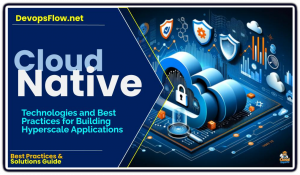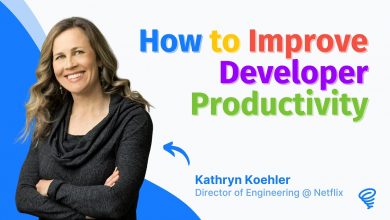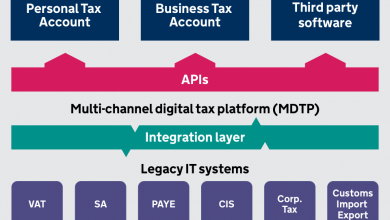Cloud-native DevSecOps at Supersonic Speeds: US Air Force
The USAF set out to establish the foundations for cloud-native development, digital engineering/ digital twin testing, test automation, and optimizing the flight test feedback processes.
 Speaking at the DevOps Enterprise Summit the USAF presented on: “Cloud-native DevSecOps at Supersonic Speeds”.
Speaking at the DevOps Enterprise Summit the USAF presented on: “Cloud-native DevSecOps at Supersonic Speeds”.
The talk was delivered by:
- Derek ‘Eeyore’ Bissinger – Senior Software Architect, 309th Software Engineering Group – USAF.
- Michael Snyder – Client Principal – Oteemo, Inc.
The 309th Software Engineering Group at Hill Air Force Base, Utah traditionally handles cradle-to-grave software updates for the fighter aircraft across the Air Force. The organization has operated with platforms in existence since the ’70s and ’80s, in addition to more recent aircraft.
However, the need to modernize how software is delivered needs to keep pace with the changing cyber and kinetic threats. In 2019 the SWEG began its journey to experiment with cloud-native engineering practices – even going so far as proving out that Kubernetes could be successfully deployed onto a jet and flown at supersonic speeds.
However, for this to scale, the SWEG has had to invest in paying down significant technical and organizational debts, working with industry partners who are experts in the new practices in DevSecOps, and building the SkiCAMP community to support modern software delivery across aircraft systems.
This year they have been working to support some Air Force Research Lab efforts and deploy software updates from cloud-to-jet in under 24 hours, working on modernizing and automating their release engineering practices, product-centered delivery, fully integrating security into all phases of the software lifecycle,
The goal was to establish the foundations for cloud-native development, digital engineering/ digital twin testing, and test automation in the Systems Integration Lab and optimizing the flight test feedback processes.
They’re also building their internal organizational capacity, working with our vendor partners to deliver enablement, training, dojo-like residency programs, and mentorship across our SkiCAMP/SWEG engineers, finding ways to leverage technology and updated practices to help the cybersecurity and operations teams to work smarter, not harder.
As they continue to build on this effort, they are going to push the boundaries on digital engineering/ digital twin testing and analysis, improving their security practices and security engineering, and scaling adoption and experimentation. These are big challenges in the next few years as they push the organizational culture and tech foundations to evolve.
Additionally, they are going to continue trying to expand the support and onboarding services and enablement to bring the larger enterprise programs into the cloud-native solutions to help modernize at scale and make the SWEG an opportunity to technologists to build and apply the latest skillsets and technologies against mission-critical efforts.



